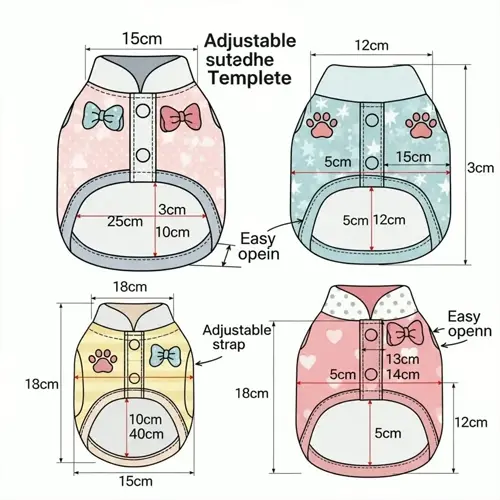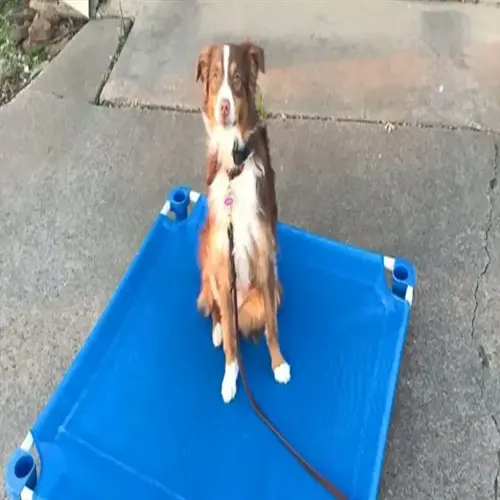What's better for fetch: treats or toys?

Written by
Kailani Okoro
Reviewed by
Prof. David Walsh, Ph.D.The rewards selected are very important for the success of fetch training. Treating alone or toys alone will not provide you with good answers. These must be combined intelligently through various parts of the training. Great value and quick rewards will encourage new activities, while the rewards of toys will demonstrate genuine enthusiasm. Matching the rewards to the level at which your dog is responding is crucial for developing continuity.
Treat Advantages
- Establish new behaviors quickly
- Provide precise timing for immediate feedback
- Allow easy value scaling from high to medium
Toy Benefits
- Build intrinsic play motivation
- Enable seamless transition to reward free fetching
- Allow engagement through tugging or shaking
Combination Techniques
- Pair treats with toy rewards during transitions
- Use toys as secondary reinforcers after treats
- Match reward type to current engagement level
The initial training duration must be accompanied by valuable rewards only. Use liver, freeze-dried or other special rewards, when introducing the retrieval exercise. These create strong associations of rewarding character quickly. Keep these rewards for fundamental training exclusively. Their nature will then continue to be strong motives when the important educational foundations are being laid.
Increasing engagement comes from adding toys wisely. After a successful retrieve, try tug sessions to exercise the skill. My terrier works harder with the anticipation of a favorite rope toy. Use toys that match your dog's unique play style. Rotate the choices weekly to achieve a sense of novelty.
Motivation matching hinders satisfaction with rewards. Be observant for warning signs of reduced interest. Change from treats to toys if interest wanes. Food-motivated dogs need a temporary upgrade in treat value. Play-motivated dogs should be introduced to new types of toys.
Steer clear of common pitfalls, like poor transitions and low-value rewards. You should never switch to a new toy before achieving 80% reliability. Standard kibble is often not motivating during new training. Watch for signs of boredom, and adjust the reward strategy immediately when progress stagnates.
Read the full article: 7 Step Dog Fetch Training Guide

